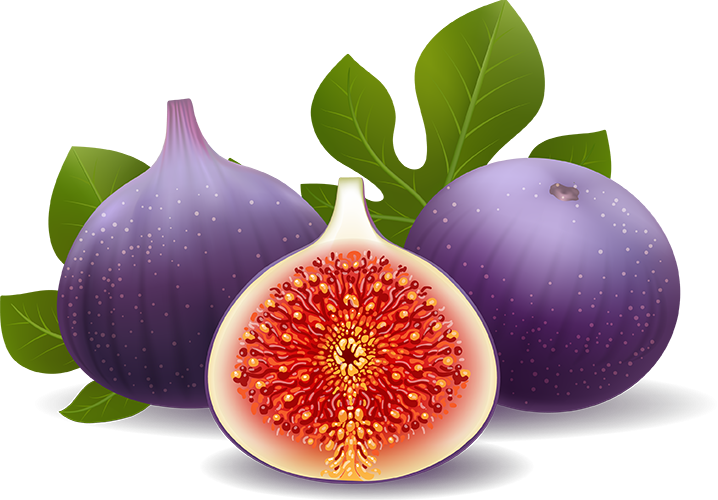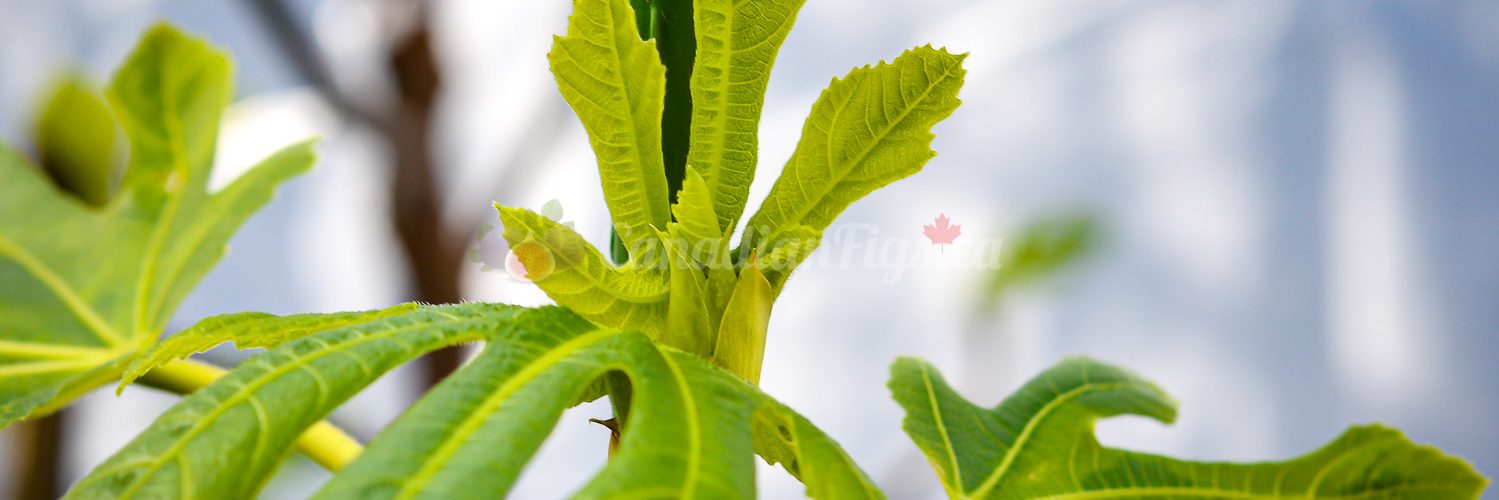Preparing Your Container-Grown Fig Trees for a New Season
As the cold veil of winter lifts, it’s time to prepare your container-grown fig trees for the upcoming growing season. Fig trees in containers require special attention, particularly in colder climates, to ensure they bounce back healthily and are ready for a season of robust growth and fruitful harvests.
This article provides a thorough guide for owners of container-grown fig trees in cold climates, covering essential spring preparation steps to ensure healthy growth and a fruitful harvest season.
Essential Tips for Revitalizing Figs in Cold Climates After Winter Dormancy
1. Assessing Winter Damage
Start by thoroughly inspecting your fig tree for any signs of winter damage. Look for:
- Branch Damage: Broken or dead branches need to be pruned to foster new growth
- Root Health: Check if the roots are protruding from the drainage holes, indicating it’s time for repotting.
- Pest and Disease Check: Inspect for any signs of pests or disease that might have developed during the dormant period.
2. Pruning and Shaping
Spring is the ideal time for pruning fig trees:
- Remove Dead Wood: Prune away any dead or damaged wood to promote healthier growth
- Shape the Tree: Trim the tree to maintain a manageable size and shape, especially important for container-grown trees.
- Encourage Fruit Production: Prune to enhance sunlight penetration and air circulation, which are vital for fruit development.
3. Repotting and Soil Refreshment
Container-grown figs often need repotting every few years:
- Choosing the Right Container: If roots are crowded, move the tree to a larger container with adequate drainage.
- Soil Selection: Use a well-draining potting mix, ideally one formulated for figs or fruit trees.
- Root Pruning: Lightly trim the roots if they are excessively long or tangled before repotting.
4. Nutrition Boost: Fertilizing Your Fig Tree
Post-winter nutrition is crucial:
- Fertilizer Choice: Use a balanced, slow-release fertilizer to provide steady nutrients. (See Fertilizing page)
- Application Timing: Fertilize as new growth appears, but avoid over-fertilization, which can lead to excessive leaf growth at the expense of fruit.
5. Watering After Winter Dormancy
Reintroduce water gradually:
- Moisture Level: Keep the soil moist but not waterlogged. Overwatering can lead to root rot.
- Regular Watering Schedule: As the tree breaks dormancy and temperatures rise, increase watering frequency.
6. Gradual Sunlight Introduction
Acclimate your fig tree to sunlight slowly:
- Avoid Sunburn: Initially, place your fig tree in a shaded area and gradually introduce it to more sunlight over several weeks.
- Ideal Sunlight Exposure: Aim for 6-8 hours of sunlight per day, essential for optimal growth and fruit development.
7. Pest and Disease Monitoring
Stay vigilant for early signs of pests or diseases:
- Regular Checks: Inspect your fig tree regularly for signs of pests like aphids, spider mites, or fig rust.
- Preventative Measures: Implement organic or chemical controls if necessary, following product guidelines carefully.
8. Preparing for Spring Frosts
Even as temperatures rise, be wary of late frosts:
- Frost Protection: Be prepared to cover your fig tree or move it to a protected area if a late frost is forecasted.
- Awareness of Weather Patterns: Keep an eye on local weather forecasts to protect your fig tree from unexpected cold snaps.
9. Positioning for Growth
Choose the right spot for your fig tree:
- Location: Place your container-grown fig in a sunny, sheltered spot, away from strong winds.
- Rotation: Rotate the container periodically to ensure even sunlight exposure and growth.
10. Ongoing Care and Observation
Regular care is key to a thriving fig tree:
- Observation: Monitor tree growth and health regularly, adjusting care as needed.
- Support: Provide stakes or supports if the tree or its fruit-laden branches require extra stability.
Conclusion
Revitalizing your container-grown fig tree in spring sets the stage for a season of vigorous growth and bountiful fruiting. By following these detailed steps, you can ensure your fig tree emerges from winter dormancy ready to flourish in the warmer months. Remember, patience and consistent care are your best tools in nurturing your fig tree to its full potential.

